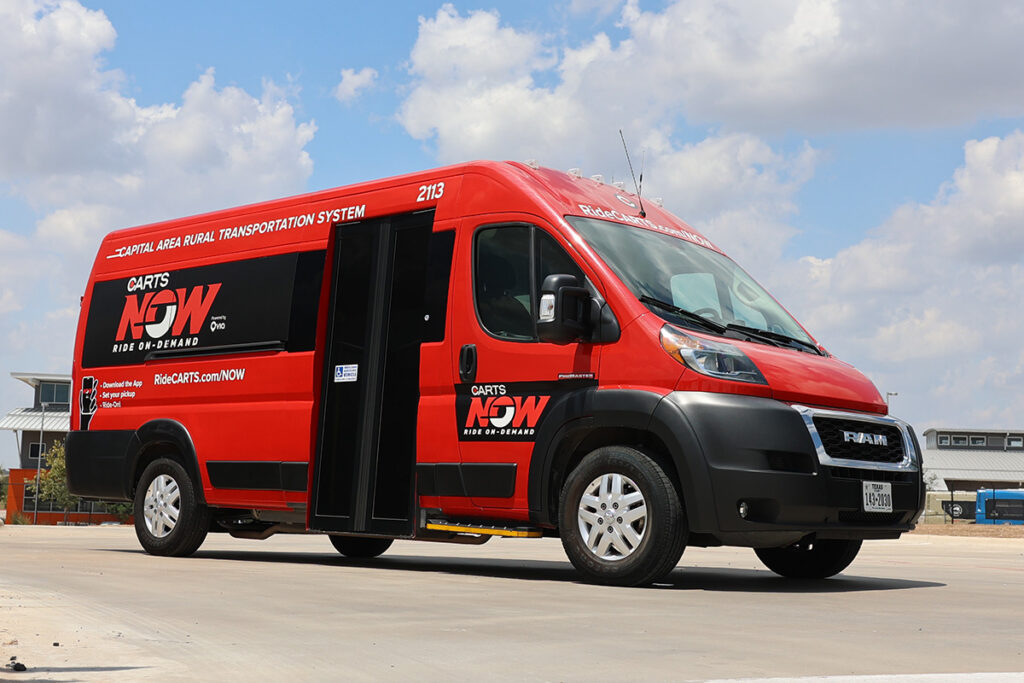Over the past decade, concepts like full employment, the skills gap, and the gray tsunami—once primarily of interest to workforce professionals—have become pressing concerns in the economic development arena. Technological disruptions from automation andcontrol engineering to digitalization and artificial intelligence, continue to cast a shadow on the future of jobs.
In the face of these challenges, here are three trends that are worth paying attention to over the short term as you consider your community’s ability to support business growth.
1. The US Economy at Full Employment
Economists spent much of 2017 debating the point at which the nation’s unemployment rate dropped below “full employment,” a threshold where all workers who are willing and able are employed. There is little question however, that the most recent rate of 4.1 percent (December 2017) falls well below that mark. And there are indications it may decline further. The national unemployment rate, however, masks the underlying story of disparity. Race, educational attainment, and geography play a significant role in determining the labor outcomes of individuals. As a result, in spite of low unemployment at the national level, there are a number of pockets of available and potentially under-utilized labor pools.
For more, check out our Tableau data visualization, “The Economy at Full Employment?”
2. Looming Retirements
According to the US Bureau of Labor Statistics, 23 percent of employed individuals will be eligible to retire in the next 10 years, implying a potential turnover of up to 35 million jobs. This transition will require a massive transfer of institutional knowledge within organizations as these experienced workers depart the labor force. While large companies have the training infrastructure to make sure this transition is relatively smooth, most small- and medium-sized businesses are not well-equipped for succession planning or for the kind of on-the-job training that will be required for this changing of the guard.
3. Digitalization of Industry and Jobs
It is no secret that digital technology has been, and continues to be, integrated into the workflow of a wide range of occupations, from low-skill to high-skill jobs. From handheld devices that delivery drivers use to record signatures to high-capacity super computers, most jobs now involve some kind of digital human-machine interface. A recent study [PDF] by the Brookings Institution found that the share of jobs requiring high and medium digital skills grew from 45 percent in 2002 to more than 70 percent in 2016. This implies that basic digital literacy has become essential for all workers—in the same vein as reading, writing, and arithmetic. Yet, large segments of the population remain without access to broadband, PCs, and even good cell service.
These trends are not new. Nevertheless, they will continue to influence labor markets in 2018 and to shape the fields of economic and workforce development. More importantly, these trends highlight the need for meaningful workforce planning—more, better, faster. While the future of jobs may be uncertain, one thing is clear: rapid technological advances and an insatiable demand for new workers with new skills will continue to be dominant trends in 2018.



